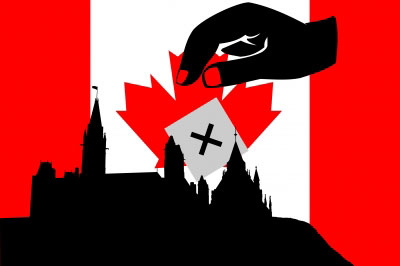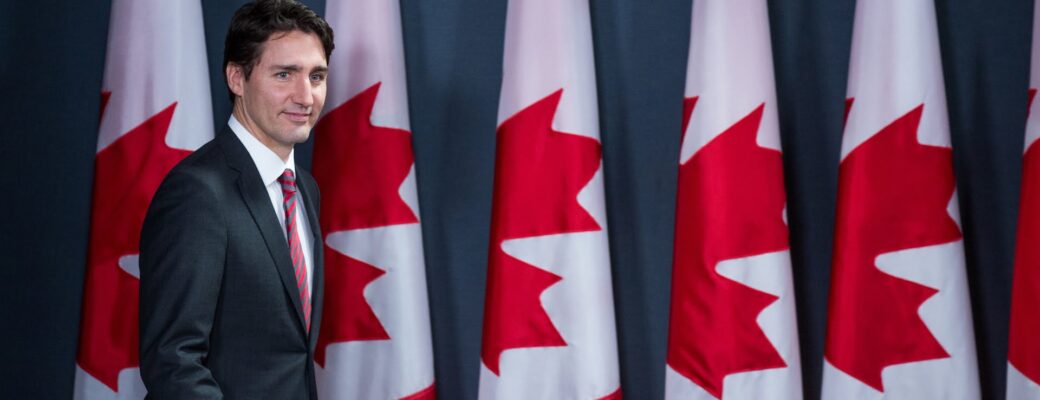What is Canada’s Political system?
Though the country is famous for its youngest prime minister Justin Trudeau and for its gender equal cabinet there is lot more than that to Canadas political system. Let’s take a look at the structure of Canada’s political system.
There are three levels of government in Canada and each has separate responsibilities.
Federal government, the Government of Canada is responsible for things that influence the entire country, for example, citizenship and immigration, national barrier and trade with different nations.
Provincial and territorial governments for instance, the Province of Ontario is responsible for things like education, health mind and highways.
Municipal governments (urban areas, villages, and towns in Ontario) – Responsible for firefighting, city boulevards and other neighbourhood matters. On the off chance that there is no local government, the province gives administrations.
At the Federal level, there are 3 sections of government:
Elizabeth II, Queen of Canada, is Canada’s formal head of state. The Governor General speaks to the Queen in Canada and completes the obligations of head of state.
The House of Commons makes Canada’s laws. Canadians choose representatives to the House of Commons. These representatives are called Members of Parliament (MPs) and for the most part have a place with a political party. The political party that has the biggest number of MPs shapes the government, and its leader winds up as head administrator. The executive is the head of government in Canada.

The Prime Minister picks MPs to fill in as ministers in the cabinet. There are ministers for citizenship and immigration, equity and different subjects. The cabinet settles on essential choices about government strategy. The Senate surveys laws that are proposed by the House of Commons. Senators are selected from crosswise over Canada. The prime minister picks the senators.
At the Provincial Level:
The Lieutenant Governor represents to the Queen.
he Legislative Assembly makes law. In Ontario, elected representatives are called Members of Provincial Parliament.
The political party that has the biggest number of MPPs shapes the government, and its leader ends up premier. The premier is the head of government in Ontario.
The premier leads the government and picks MPPs to fill in as ministers in the cabinet. The cabinet sets government policy and presents laws for the Legislative Assembly to consider.
At the Municipal Level:
The Province of Ontario characterizes the structure, finances, and management of the nearby governments of cities, towns and villages.
Inhabitants of the municipality choose the mayor and council members to lead the nearby government. Committees of councillors talk about budget, service and administrative issues that are then passed on to the council for debate. Natives, entrepreneurs and group gatherings can introduce their worries to councillors at panel gatherings. Regions may likewise be a piece of a bigger province or provincial government (for instance, York Region).

